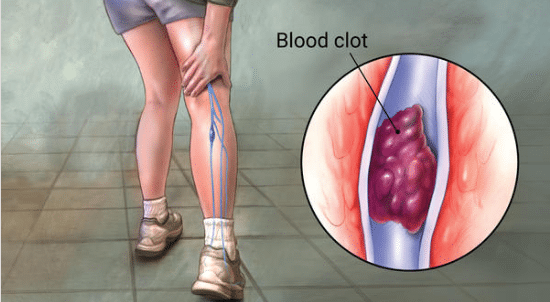Varicose veins are large veins that can be blue, red, or flesh colored, often look like cords, and appear twisted or bulging. They can be swollen and raised above the surface of the skin. These veins are often found on the thighs, back of the calves, or the inside of the leg.
Spider veins are like varicose veins, but are smaller in size. They are closer to the surface of the skin and also appear red or blue. They tend to look like branches or spider webs with short, jagged lines.
Generally, both spider and varicose veins are very common, but in some rare instances they can been very serious. In some cases, they can lead to more serious health problems that include sores or skin ulcers, bleeding, superficial thrombophlebitis, and deep vein thrombosis. If you see any irregularities with your varicose or spider veins, you should consult a doctor. In rare cases, surgery will be required. To tell if vein surgery will be needed, look out for the three important signs below.
Vein Becomes Swollen, Red, or Very Tender and Warm to the Touch
In some instances, the vein will stay relatively the same for years at a time. Veins are normally abnormal due to weight gain, increasing age, or medical history. If you have an abnormal vein and it begins to change, pay attention! If the vein becomes swollen (more than normal), red, or very tender and warm to the touch, you will want to see a doctor immediately. Surgery may be needed to prevent further harm.
There Are Sores or a Rash on the Leg Near the Ankle
Even if you do not have a varicose or spider vein near your ankle, you will want to look out for sores or a rash that appears in this area. This reaction could be the sign of a complication of varicose and spider veins that are appearing further down the leg. This could be from a clot forming in your leg.
Get Vein Surgery if Your Symptoms Are Interfering with Daily Life
Common symptoms that occur with varicose and spider veins include aching pain that may get worse after sitting or standing for a long time, throbbing or cramping, heaviness, swelling, a rash that’s itchy or irritated, darkening of the skin (in severe cases), and restless legs. If any of these symptoms interfere with daily life, see your doctor immediately.

